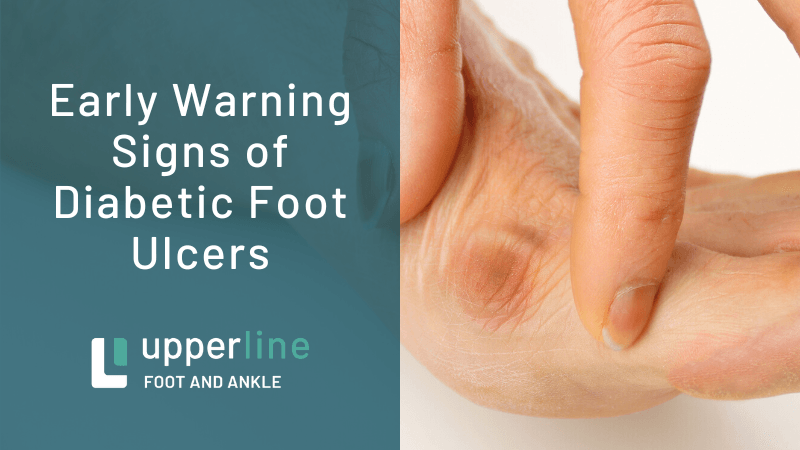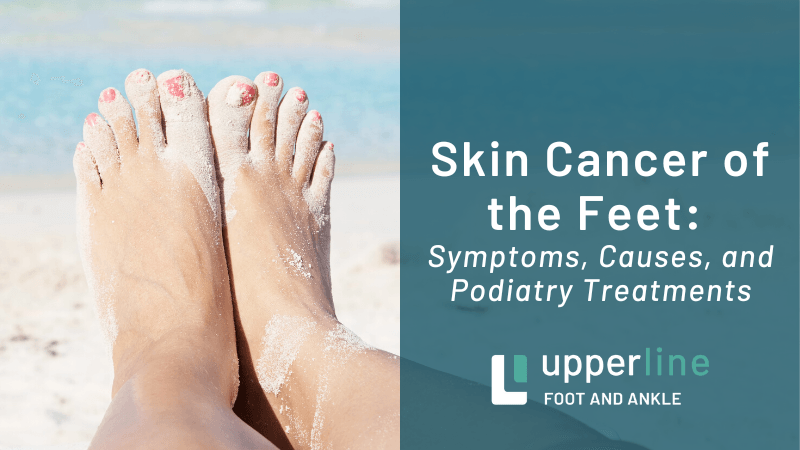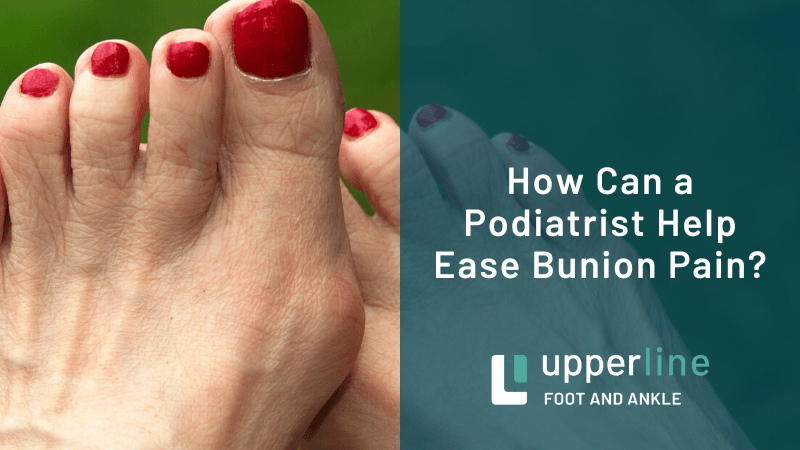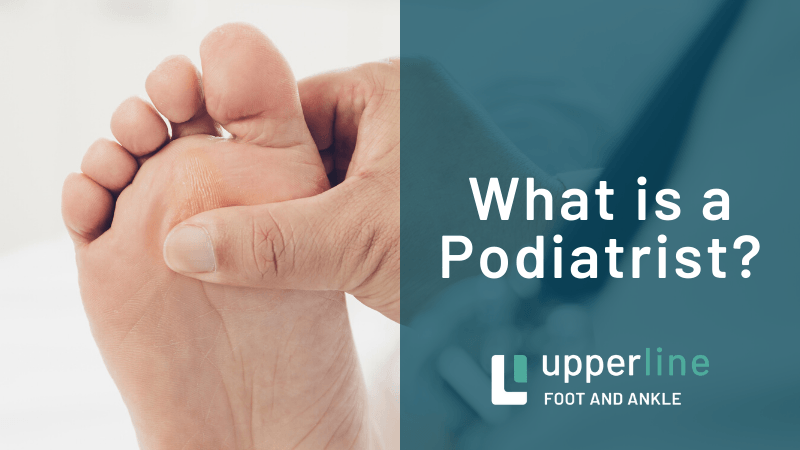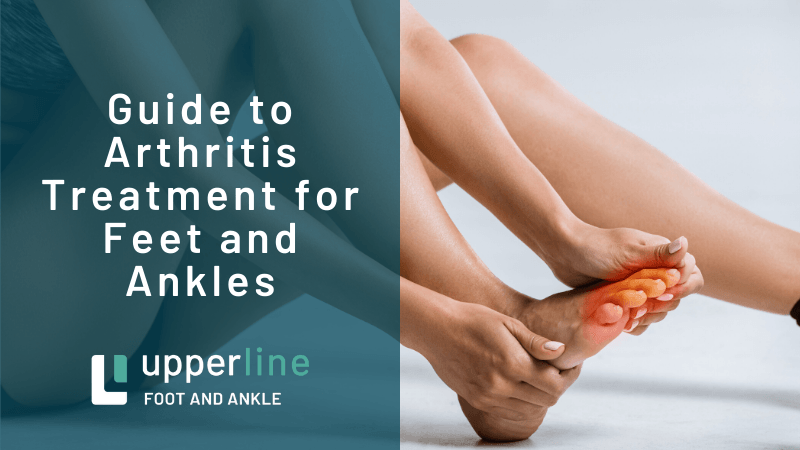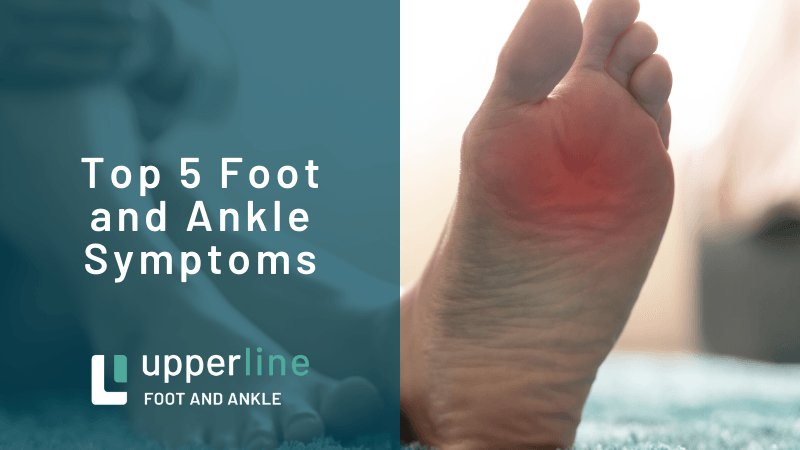How to Recover from Bunion Surgery: 11 Tips That Will Help!
Deciding to have surgery of any kind is a big decision and it can disrupt your life in both small and big ways. But even though bunion surgery falls in this category, this procedure is one the most common surgeries performed in podiatry today.
So even if the thought of “going under the knife” is intimidating, you can rest assured – it will definitely be worth it.
Once you’ve completed rehabilitation, you will have less pain while you do the things you love (some of which you may not have been able to do for a while). But to ensure that you successfully recover from your bunion surgery, it is vital that you stick to a good recovery plan.
Typically, it will take about 4-6 months to fully recover from a bunion surgery. Although, the length of recovery varies for everyone. And factors like your age, the severity of your bunion, and specifics of the surgery will play roles in determining the amount of time it takes for you to completely heal.
Of course, here at Foot & Ankle Associates of Florida, we strive to help you in every way possible – from your initial consultation to your very last day of recovery and beyond.
That is why we decided to make a list of important things to keep in mind when recovering from bunion surgery. Sure, we will give you plenty of instructions throughout the process, but it’s always good to reinforce this.
So if you have decided to finally get that painful bunion fixed, then keep reading our blog to find out how to successfully recover so you can get back to your regular routine as soon as possible.
11 Tips to Recover from Bunion Surgery
First and foremost, you should make sure to choose a podiatrist who is an expert specifically in bunion surgeries (since this is a procedure that is very complex in nature).
You should also keep in mind that bunion surgery may not be able to fully correct foot deformities, structure alignment, and function – though it can greatly improve them. In other words, it’s best to maintain realistic expectations.
The reality is that taking time to actually go through the procedure is the easiest part of having bunion surgery.
You most likely already know that you have to keep your bandages dry, clean and elevated, apply ice regularly and take prescription medications as directed, but there are other things you can do to make your recovery time more comfortable as well.
After all, if you are going to be confined to your bed or needing to use crutches everywhere you go, not only is your foot sidelined for a while – so are your hands!
With that in mind, we have some great tips for you to consider for before and after your bunion surgery:
- Prepare for coming home. Once you get back home, you will likely still feel woozy from the anesthesia, so make sure you prepare ahead of time a comfortable place to rest as soon as you return from surgery. Whether you are planning on taking a nap on the couch or lying in bed, have the necessary pillows handy to elevate your foot.
- Prepare for the crutches. We may recommend that you use crutches for some time after surgery so that you can avoid putting any weight on your foot. You should prepare your house ahead of time – clear wide pathways and remove any potential trip hazards, like unstable rugs, kids’ toys, etc.
- Prepare for future showers. When it comes time to shower, we may not want you to get your foot wet. You should keep in mind that avoiding putting weight on your affected foot also includes while you are in the shower. Using a shower chair or a handheld shower head can make this process much quicker and easier.
- Keep things within reach. Before you go in for surgery, you should determine where you usually spend most of your time and make sure everything is within reach – it is not fun when you finally get comfortable on the couch and realize the remote is on the other side of the room.
- Get a little help. Now that you are on crutches and supposed have your foot elevated as much as possible, you won’t be able to perform many of your routine tasks. So plan ahead to have someone help you do things like walk your dog or handle your laundry.

- Hop in the backseat. Depending on the procedure, we will recommend that you do not drive for a certain period of time after your surgery (as this can put unnecessary pressure on your foot). You should make sure that someone is able to drive you to and from surgery, along with any follow-up appointments after your procedure.
- Stock up your kitchen and bathroom. You won’t be able to go out much after the procedure. So before surgery, you should make sure your kitchen and bathroom are stocked up with all the necessary supplies. This includes foods that are portable (so you can eat from your comfy places) and easy to make.
- Do some physical therapy. There are many reasons why we recommend physical therapy during your recovery – a physical therapist is with you every step of the way, helping you walk with your crutches, then your boot, and, finally, your “new” foot. Not to mention that a therapist also ensures that you keep your foot and leg strong for when the time comes to walk on your own again.
- Don’t start using your foot too early. When you graduate to a walking boot, or even before that, resist the temptation to cheat and use your foot. It’s crucial to allow your bones and other affected tissues to heal properly, and any premature pressure can offset this process – just sit back and enjoy the time you get to spend relaxing.
- Always follow recovery instructions. This is obviously a very sensitive aspect of any type of surgery – even when you think that you are okay enough to skip some of the instructions given for recovery, you should always follow them “to a T.” Doing so will help you heal correctly and prevent your bunion from returning in the future.
- Remember to perform all the basic – yet vital – recovery steps. Even though we’ve already mentioned as much, we thought it wouldn’t hurt to reinforce this point. You should keep your bandages dry and clean at all times, and ice the area several times a day (to control pain and swelling). You should also keep your foot elevated as much as possible and take prescribed medications as directed.
By heeding these instructions, you should be able to recover from your bunion surgery in no time!
But just because you are comfy and pain-free doesn’t mean that your work stops here – you also need to keep a lookout for any symptoms that may indicate something is wrong and know when to reach out for medical advice during this sensitive period.
Which brings us to our next point.
When to Call Your Doctor
Here are some signs that indicate you should call us immediately:
- Your dressings get wet or they come undone – don’t rewrap them yourself.
- Significant increase in your pain despite taking prescribed medications.
- Redness, inflammation, warmth, bleeding, or increased swelling in your feet.
- A numbness in your feet or a "pins and needles" sensation.
- Bleeding or oozing through dressings.
- Lower leg swelling or pain.
- You run a fever.
These symptoms aren’t normal, and you shouldn’t dismiss them as “not a big a deal.”
If you experience any of these symptoms, contact us right away. We can help you determine what exactly is causing your discomfort and provide the best solution to get you back on the right track.
Contact Us Today!
The most important thing to remember is that healing and recovery can be different for every person. So listen to your body and contact us if you have any questions or concerns.
All you have to do is call our Foot & Ankle Associates of Florida office at (407) 339-7759 or (352) 589-9550 (if you are calling from Lake County). You can also simply fill out our handy online form to request an appointment at any of our five Central Florida offices today!
Schedule an Appointment
Upperline Health has locations across Florida ready to care for your lower extremity needs.

Upperline Health Florida provides the highest quality integrated lower extremity care to patients in need through a skilled and compassionate team. We strive to deliver care in a consistent and high-quality manner.
Navigation


